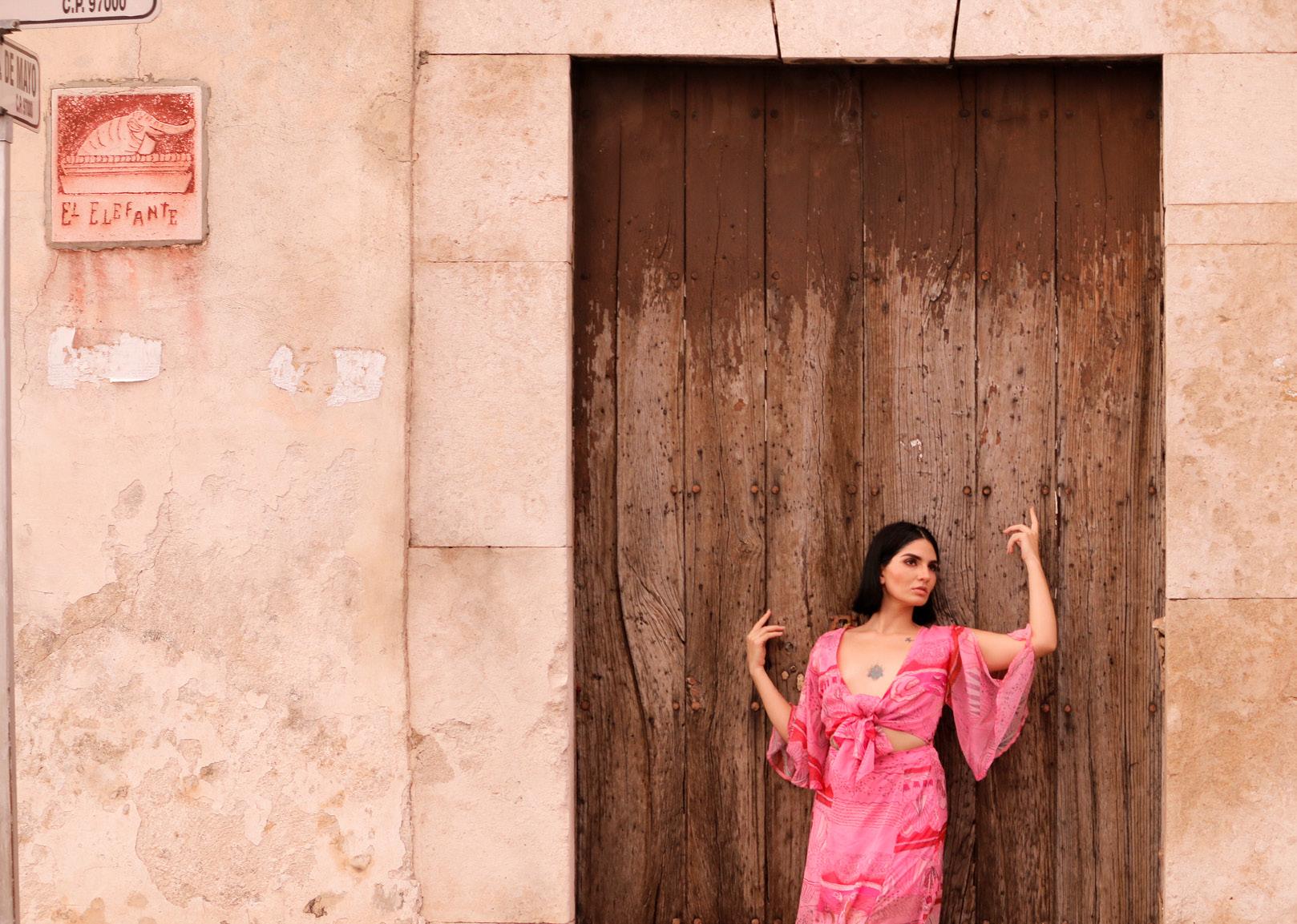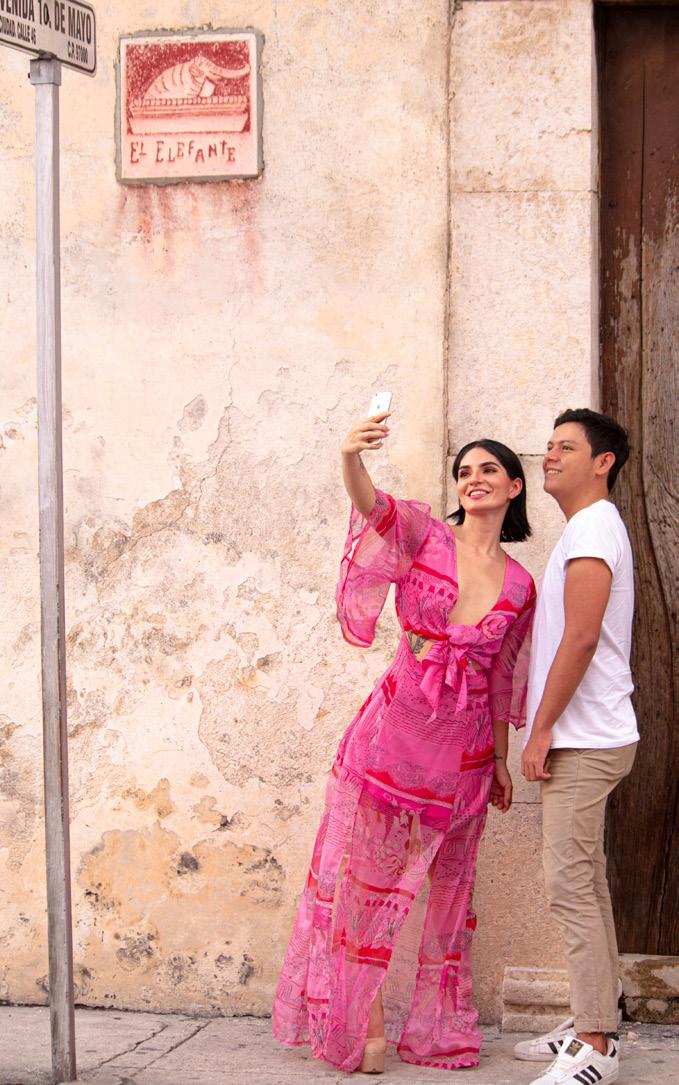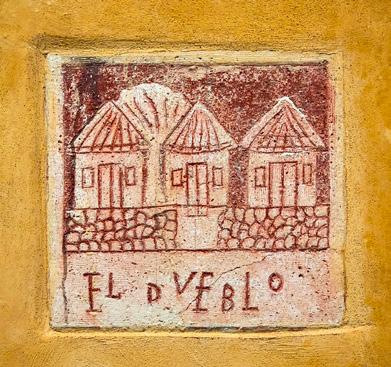
3 minute read
LAS ESQUINAS DE MÉRIDA
HISTORIA PLASMADA EN SUS PLACAS
En alguna ocasión cuando caminabas por las calles del centro histórico o cercanas a ésta, ¿Te diste cuenta que en las paredes de algunas construcciones hay una placa empotrada de color rojo? Aunque aún perduran y suelen llamar la atención, éstas servían como referencia porque en la época colonial las esquinas no estaban enumeradas.
Advertisement
Si un turista te pregunta en donde se encuentra la Catedral de Mérida, le respondes que está entre los cruzamientos de las calles 60 x 61, antiguamente no era así, los antepasados respondían que se encontraba en la esquina de “La Duquesita”.
De acuerdo con los cronistas de la ciudad Roldan Peniche Barrera y Antonio López Betancourt, las calles de la Mérida colonial no tenían nomenclaturas. Según con registros, en el siglo XVII la gente se ubicaba entre las calles ayudándose por los nombres de animales, frutas, o sucesos que sucedieron en dicha calle basados en historias que se narraban y pasaban de boca en boca. Jean Frédéric Maximilien de Waldeck en su visita a Mérida en



tre 1834 y 1835, hizo mención de que las calles meridanas poseían nombres de acuerdo algo que había ocurrido en dicho sitio. Rumbo al siglo XVIII, la ciudad se estaba expandiendo a la par que los negocios, entre 1864 y 1865, José Salazar Ilarregui, bajo el título de Comisario Imperial, designado por el aquel Emperador Maximiliano de Habsburgo, dijo que las calles de la urbe necesitaban ser nombradas.
Un 9 de julio de 1890, la administración de Correos de Mérida le hizo saber al entonces Gobernador Daniel Traconís, sobre la necesidad de darle otro nombre a las calles, ahora por números, con el propósito de que pudieran cumplir con su labor de entregar el correo con mayor facilidad, la solicitud fue aprobada. Dicha numeración que se le asignó a las calles es la que hoy sigue vigente hasta hoy en día.

Fotografía Pedro Hernández · Modelo: Frida Bacelis



The Street Corners of Mérida
HISTORY CAPTURED ON THEIR PLAQUES On an occasion when you way among the streets by helping take a stroll through the each other reference the names of streets of the city’s historic animals, fruits, or events that happecenter or its environs, have you notice that on the walls of some buildings there are a red embedded plaques? Although they still remain and tend to attract attention as curiosities, they once served as a reference for finding addresses. ned on that street based on stories that were told over time and passed by word of mouth. In his visit to Mérida between 1834 and 1835, for instance, Jean Frédéric Maximilien de Waldeck, mentioned that the Mérida streets had names according to something that had happened in that place. Towards the eighteenth century, the city was That’s because in colonial times the streets corners were not numbered. If someone asks you where the Cathedral of Mérida is located today, for instance, you answer that it is between the intersections of Calle 60 and 61st Street. That wasn’t always the case: in colonial times, the answer was at the corner of “La Duquesita.” growing along with commerce. Between 1864 and 1865, José Salazar Ilarregui, under the title of Imperial Commissioner, appointed by the Emperor Maximiliano de Habsburgo, said that the streets of the city needed to be named. On July 9, 1890, the administration of the Mérida Post Office informed the Governor Daniel Traconís of the need to give the streets proper names. According to city historians Roldan Peniche Barrera and Antonio López Betancourt, the streets of Colonial Mérida had no nomenclature. Historic records show that, in the seventeenth century people found their That how they came to be numbered: so that mailmen could carry out their task of delivering the mail more easily. The request was approved. The numbering that was assigned to the streets back then is the one that is still in force to this day








